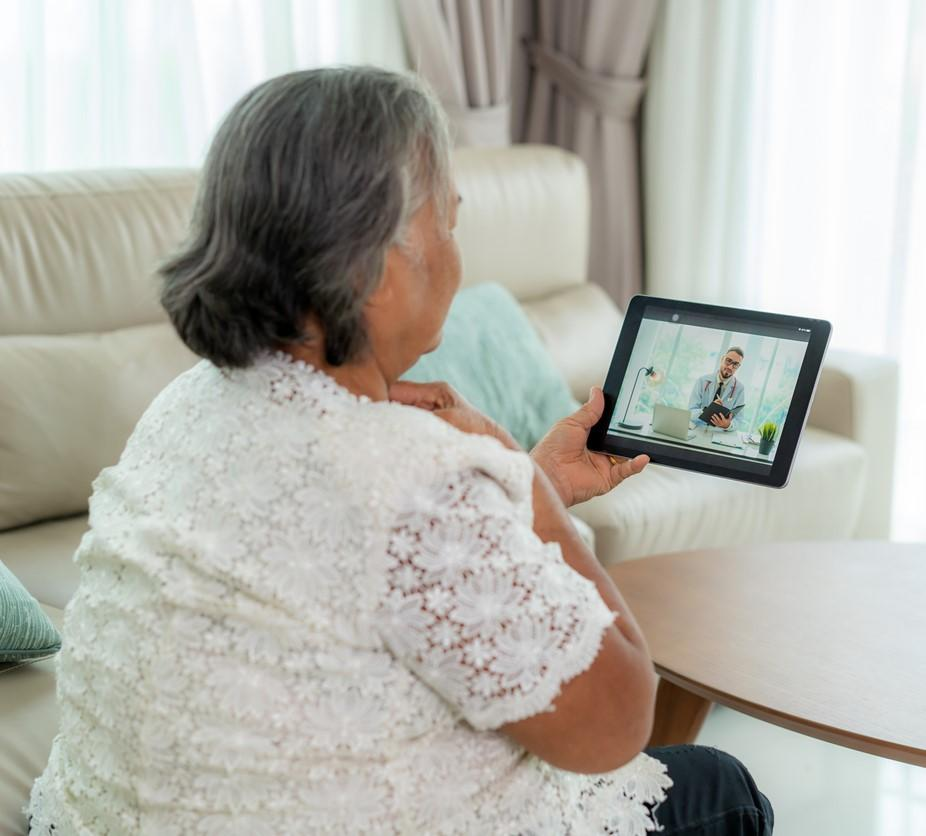Fourteen pilot virtual urgent care (VUC) programs in Ontario, Canada, designed to divert patients with non-serious ailments from seeking in-person emergency department (ED) care during the COVID-19 pandemic had little effect, according to a study published yesterday in CMAJ.
University of Toronto researchers compared subsequent 30-day healthcare use and outcomes of 19,595 patients using adult or pediatric VUC with those of matched patients visiting an ED from December 2020 to September 2021.
"When physical distancing was strongly encouraged, it was difficult to arrange a nonurgent, in-person health care visit," the study authors wrote. "In-person primary care visits declined by nearly 80%, and emergency department visits decreased by 50%. Although technologies to deliver health care through means other than face-to-face contact have been available for decades, the beginning of the COVID-19 pandemic saw large growth and rapid adoption of virtual care."
In fall 2020, the Ontario Ministry of Health approved up to $4 million for a provincial VUC pilot program. All VUC patients were evaluated by an emergency physician.
Need to better understand virtual limitations
The average VUC patient age was 28 years, 60% were female, and 85% had a primary care physician. Of all VUC patients, 12.5% made an in-person visit to an emergency department within 72 hours and 21.5% within 30 days of the first visit. A total of 70% of virtual visits were managed by a VUC provider without the need for referral to an ED or other care.
VUC and in-person patients had similar rates of index-visit hospital admissions (9.4% vs 8.7%), 30-day ED visits (17.0% vs 17.5%), and hospitalizations (12.9% vs 11.0%). VUC patients were more likely to visit an ED within 72 hours (13.7% vs 7.0%), 7 days (16.5% vs 10.3%), and 30 days (21.9% vs 17.9%), but hospitalizations were similar within 72 hours (1.1% vs 1.3%) and higher by 30 days for patients released to home from an ED (2.6% vs 3.4%).
The average hospital stay was longer for patients initially receiving VUC (6.2 vs 5.2 days). The number of deaths was not significantly different between the two groups.
There is a need to better understand the inherent limitations of virtual care and ensure future virtual providers have timely access to in-person outpatient resources, to prevent subsequent emergency department visits.
The most common reasons for VUC patients who subsequently visited an ED within 72 hours and 30 days were fever and abdominal pain, with COVID-19 being the top ED discharge diagnosis. The most common reasons among patients who had a subsequent ED visit within 72 hours after an initial in-person ED visit were imaging tests, abnormal lab results, and abdominal pain, with unspecified abdominal pain being the No. 1 ED discharge diagnosis.
"The impact of the provincial VUC pilot program on subsequent health care utilization was limited," the researchers wrote. "There is a need to better understand the inherent limitations of virtual care and ensure future virtual providers have timely access to in-person outpatient resources, to prevent subsequent emergency department visits."
The team also said that, given the non-severe nature of VUC visits, nurse practitioners, physician assistants, or primary care physicians could probably substitute for emergency physicians at lower cost as part of a "primary-care-first" strategy.
Future research, the researchers said, should engage community members from vulnerable populations to identify strategies to improve awareness and uptake of VUC among underserved populations, especially in rural and communities.
Transparent evaluation of return on investment
In a related commentary, Catherine Varner, MD, also of the University of Toronto, said she was not surprised that the VUC program had little impact. "Low-acuity visits are not the root cause of emergency department crowding, and Ontario-wide telephone triage services without pre-existing patient-to-provider affiliation have not been shown to affect the proportion of patients who access care in person in an emergency department," she wrote.
Rather, VUC programs should be targeted to patients or regions most likely to benefit. "Virtual urgent care diverts emergency department visits in children, and, when rolled out as a pandemic response, pediatric urgent virtual care programs offloaded low-acuity visits from pediatric acute care hospitals," Varner wrote.
She added that the challenges and complexities of implementing health-system interventions and the importance of timely, rigorous, and transparent evaluation will become evident amid the rapidly changing healthcare environment in Canada: "Without critical evaluation, however, health system leaders, providers and constituents cannot assume that the stated objectives of novel programs are being met, and health dollars risk being wasted."




















